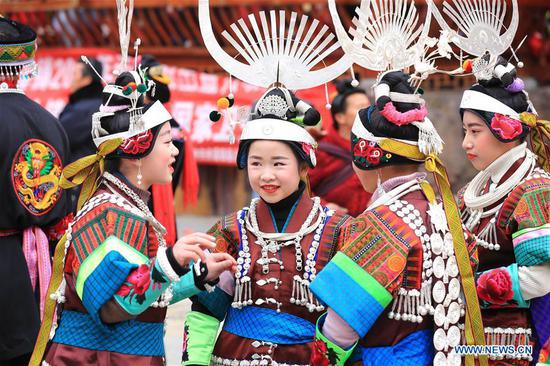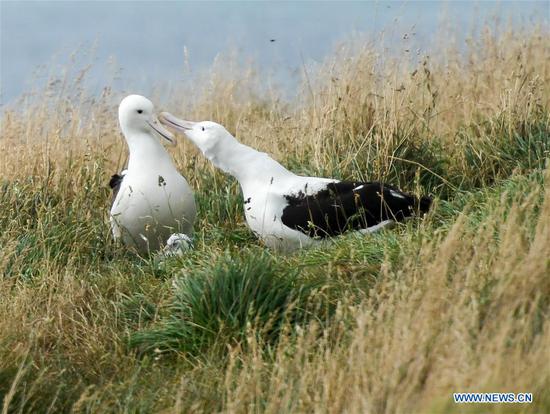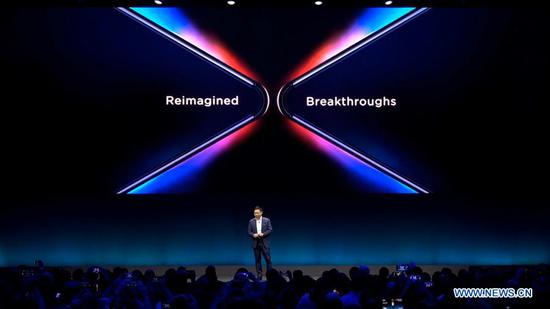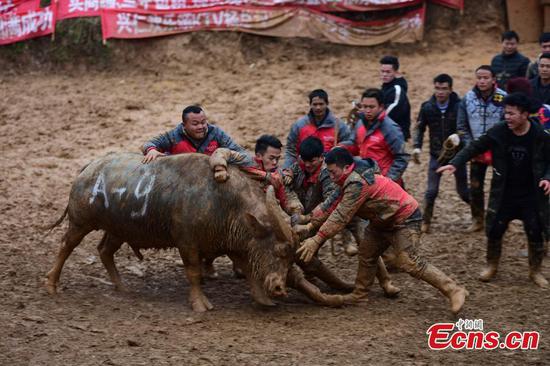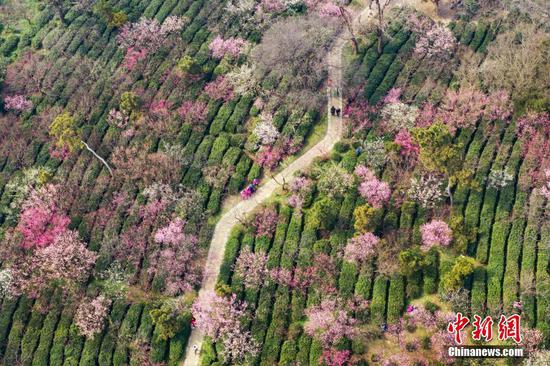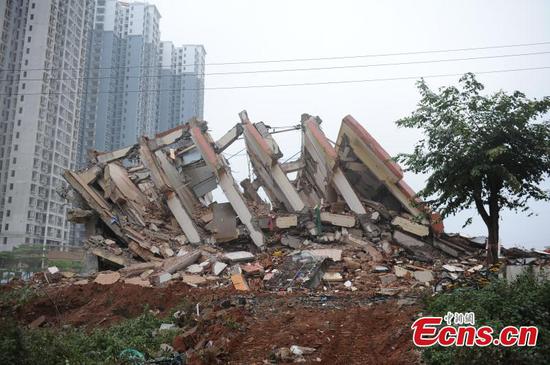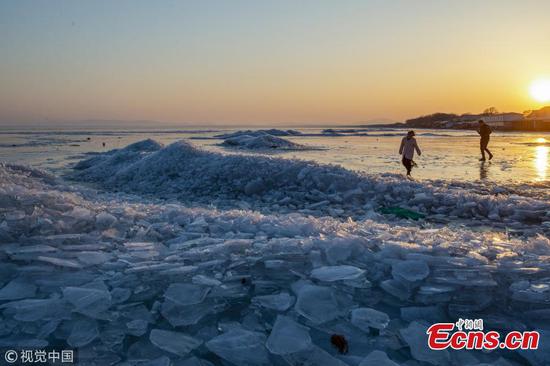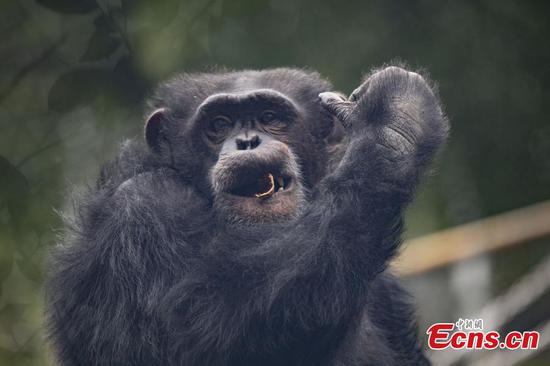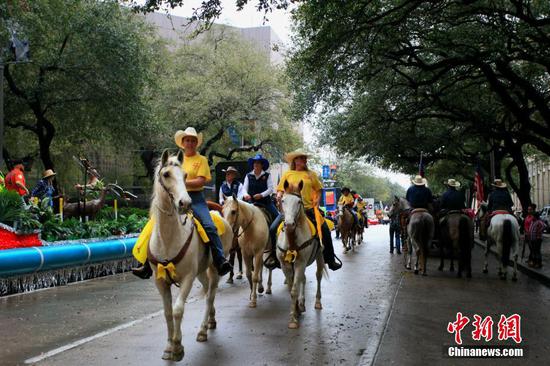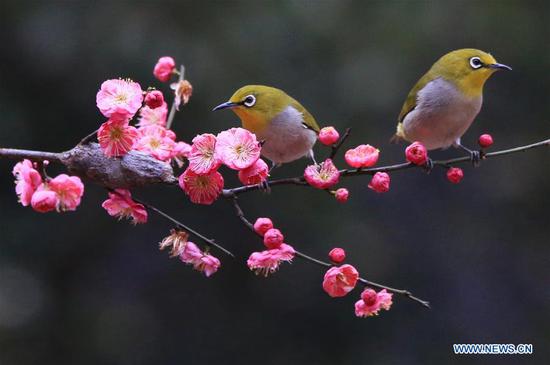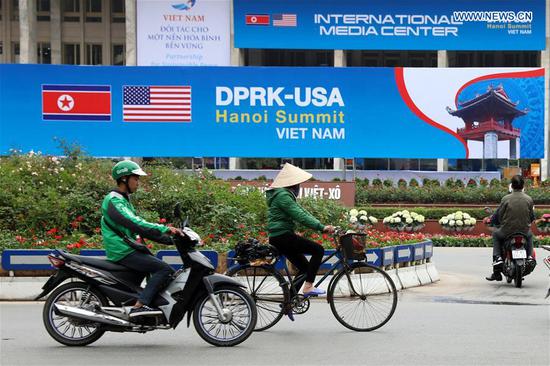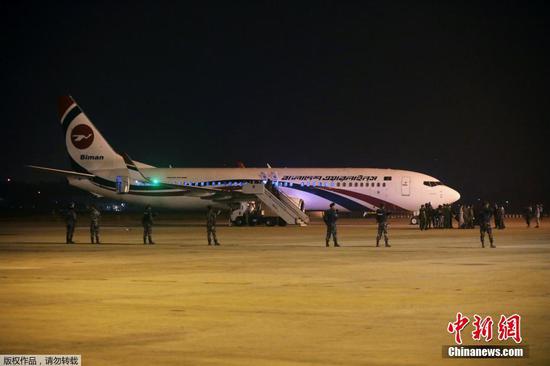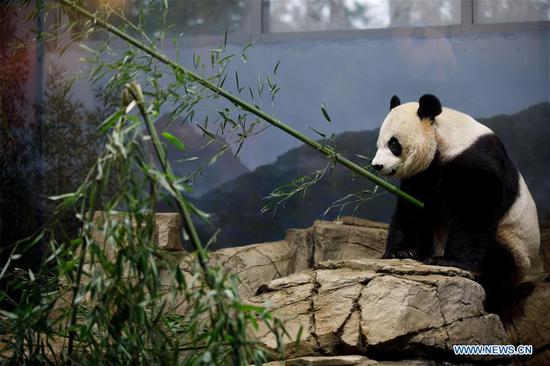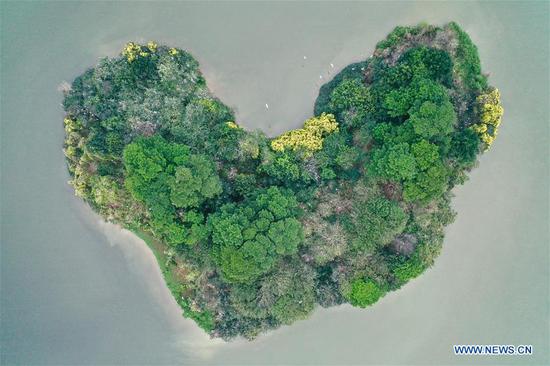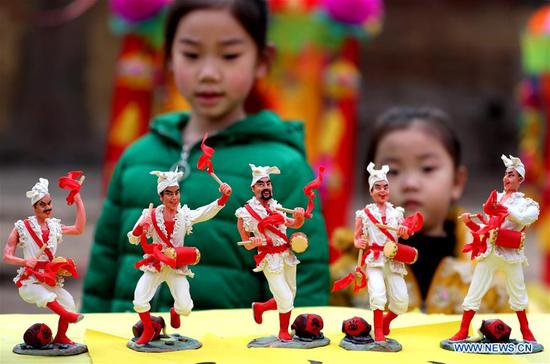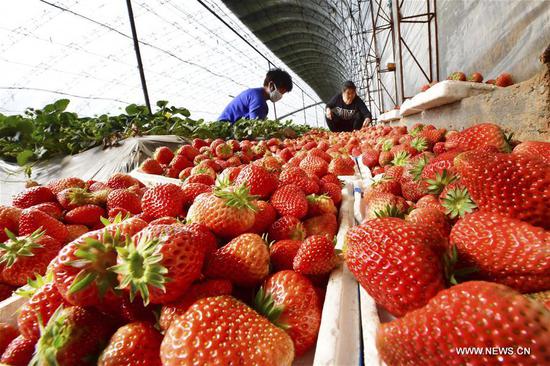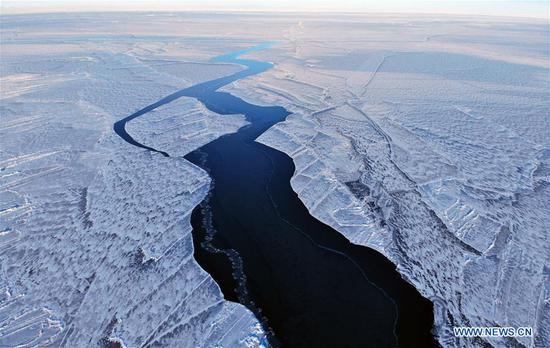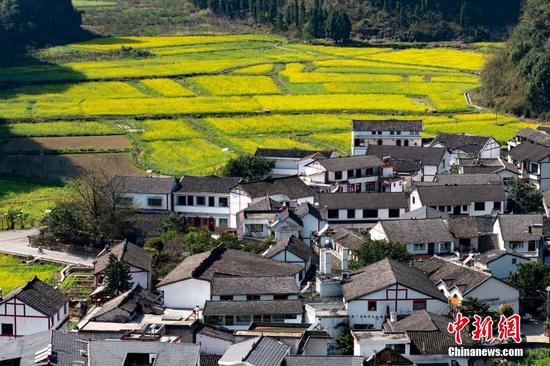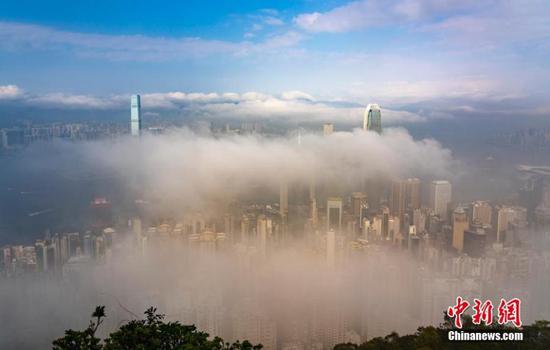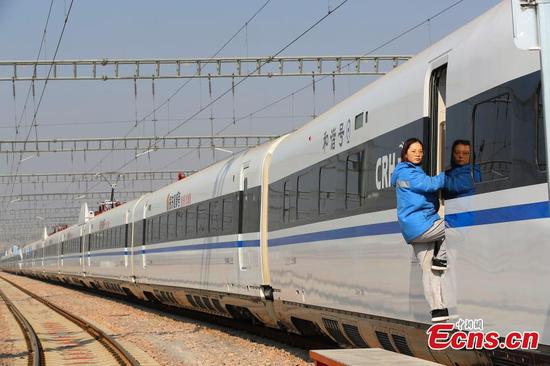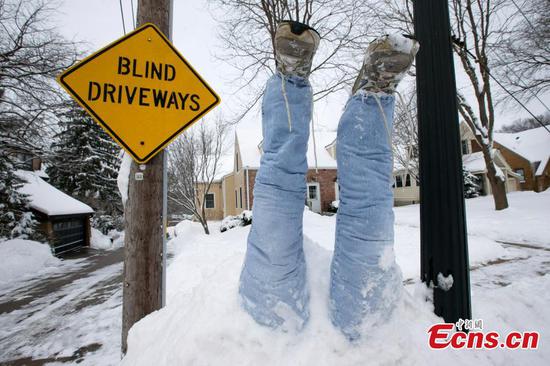GREENER GROWTH
During the past five years, Beijing, Tianjin and Hebei have taken concerted efforts to tackle air and water pollution, achieving tangible results.
In 2018, 13 major cities in the region had seen their PM2.5 density drop by nearly 50 percent from that of 2013.
The share of days with good air quality in the region stood at 50.5 percent last year, a year-on-year increase of 1.2 percentage points, while the PM2.5 density of the region dropped by 11.8 percent year on year to 60 micrograms per cubic meter.
More than 32 million mu (2.13 million hectares) of trees have been added to the region since 2014.
Major projects have also been launched to promote industrial transfer and upgrading in the region.
A new auto plant of Beijing Hyundai has been put into use in Cangzhou, Hebei. Han Guisheng, head of the Cangzhou factory, said the plant has created over 6,000 jobs and brought about 20 supporting companies to Cangzhou, creating an auto industry cluster in the city.
Wu Xiushan, deputy director of the development and reform commission of Tianjin Binhai New Area, said the new area has brought in 1,699 projects from Beijing, with a contracted investment of over 392.06 billion yuan (about 57 billion U.S. dollars), since 2015.
During the past five years, Hebei has brought in 1.8 trillion yuan (about 264 billion U.S. dollars) of capital from Beijing and Tianjin, accounting for more than a half of the total capital from outside the province.
Tianjin has received over 640 billion yuan (about 94 billion U.S. dollars) of investment from enterprises in Beijing, accounting for 40 percent of the total domestic investment the city received.










